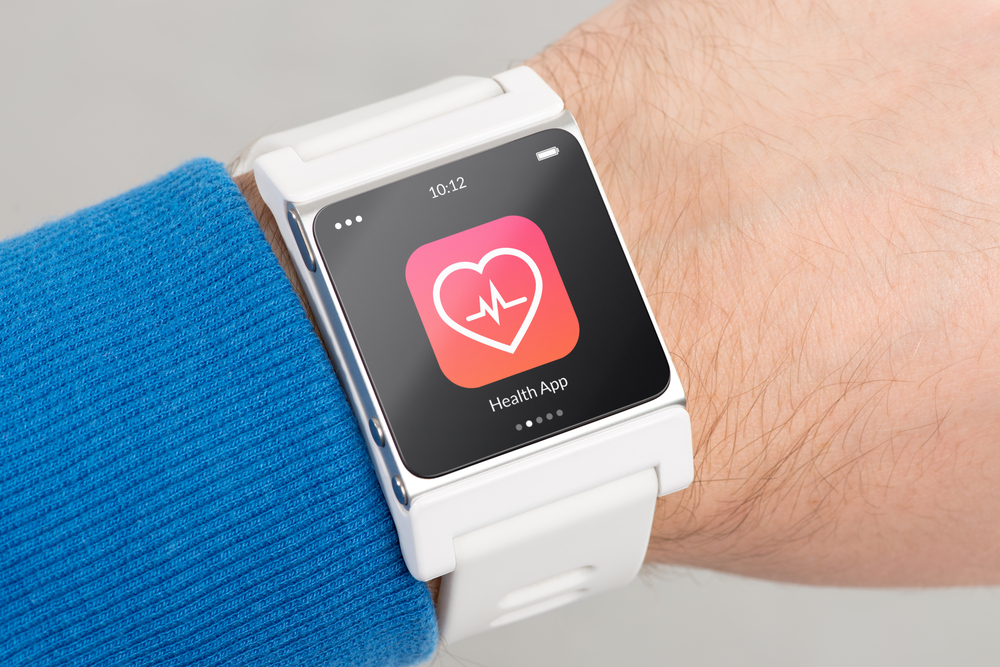It’s an exciting time in health care and medicine. Innovations that sound like science fiction — such as 3D-printed prosthetics, “bionic eyes” that restore sight to the blind, and eye exams conducted remotely across the world via smartphones — already exist.
Patients are increasingly comfortable with electronic interfaces in health care, as well. A recent survey from the Deloitte Center for Health Solutions found that 27 percent of consumers are “very comfortable” and 35 percent are “somewhat comfortable” using a video, computer program, or app to learn more about or choose between treatment options.
From mobile apps to telehealth to wearable medical devices, here’s a look at several ways that digital health is transforming the future of medicine.
Health apps continue to boom
A new report by tech giant Salesforce.com details how younger patients in particular, like millennials, want innovations for how they connect with providers and share information, and how technology might help improve connectivity.
Patients are most interested in mobile apps and devices, according to the report. In previous posts, we’ve looked at the explosion in popularity of smartphones and apps in the health space. According to industry estimates, 500 million smartphone users worldwide — including doctors — will be using a health care app by the end of this year.
While most health-related apps currently being used are for medical research, reference, and drug safety information, there are new apps entering the marketplace daily with all sorts of different uses. The FDA has begun regulating certain categories of apps, and doctors are even starting to prescribe apps to patients as they would medications.
For more information on this topic, see How to Choose the Best Health Apps for Patients
Apps are becoming increasingly powerful and interactive. A new app by the University of Rochester enables patients to track their Parkinson’s symptoms using their iPhones. The app can see how a person’s signature is changing, measure dexterity level by how fast they can tap on the screen, and even measures how their steps and gait change.
The (virtual) doctor will see you now
According to the Salesforce.com report, younger patients in particular are also increasingly interested in telehealth — 60 percent of millennials support its uses to eliminate in-person health visits. Even Google is experimenting with on-demand, real-time video chats with actual doctors. While initially free during the trial period, Google will eventually charge for this service.
“This may seem exotic now, but several large consulting firms — including Deloitte and PricewaterhouseCoopers — have forecast that virtual physician visits (replacing physical office visits) will soon become the norm,” writes Topol in the WSJ. “Deloitte says that as many as one in six doctor visits were already virtual in 2014.”
Wearable tech gets more sophisticated
As we predicted, wearable health technologies continue to gain ground. And we’re not just talking about the Apple watch, which Wired calls “the software that will move the needle” when it comes to wearable health management apps.
Wearable wireless sensors can also be used with your smartphone to measure your blood-oxygen and glucose levels, blood pressure, and heart rhythm. A smartphone attachment will even let you diagnose an ear infection without a trip to the pediatrician.
Smartphones already can be used to take blood-pressure readings or even do an electrocardiogram. According to a recent Wall Street Journal article by cardiologist Eric. J. Topol, ECG apps have been approved by the FDA for consumers and validated in many clinical studies. Other wearable sensor tools now being developed include necklaces that can monitor heart function and check the amount of fluid in your lungs, contact lenses that can track your glucose levels or eye pressure (to help manage glaucoma), and head bands that can capture your brain waves, he notes.
High-tech tools raise concerns
Of course, the rise of these digital health tools — which give more power to the patient and lessen the need for services traditionally performed only by doctors — raise some valid concerns. Their accuracy needs to be tested, for one thing, and issues of privacy need to be addressed.
There’s also the question of what to do with all the data that these new high-tech tools are generating. “When that flood of data is properly assembled, integrated, and analyzed, it will offer huge new potential at two levels — the individual and the population as a whole,” writes Topol in the WSJ.
Another concern is that as more diagnostic and monitoring tasks shift to patients and devices, will we need doctors anymore? Yes, says Topol, although doctors’ roles will change. Instead of seeking advice and diagnoses, he writes, patients will turn to doctors “chiefly for treatment, guidance, wisdom, experience, empathy, and the human touch.” After all, those are things that even the most advanced technology cannot provide.
For more information about using technology to enhance patient engagement and patient education in your practice, subscribe to our newsletter.

